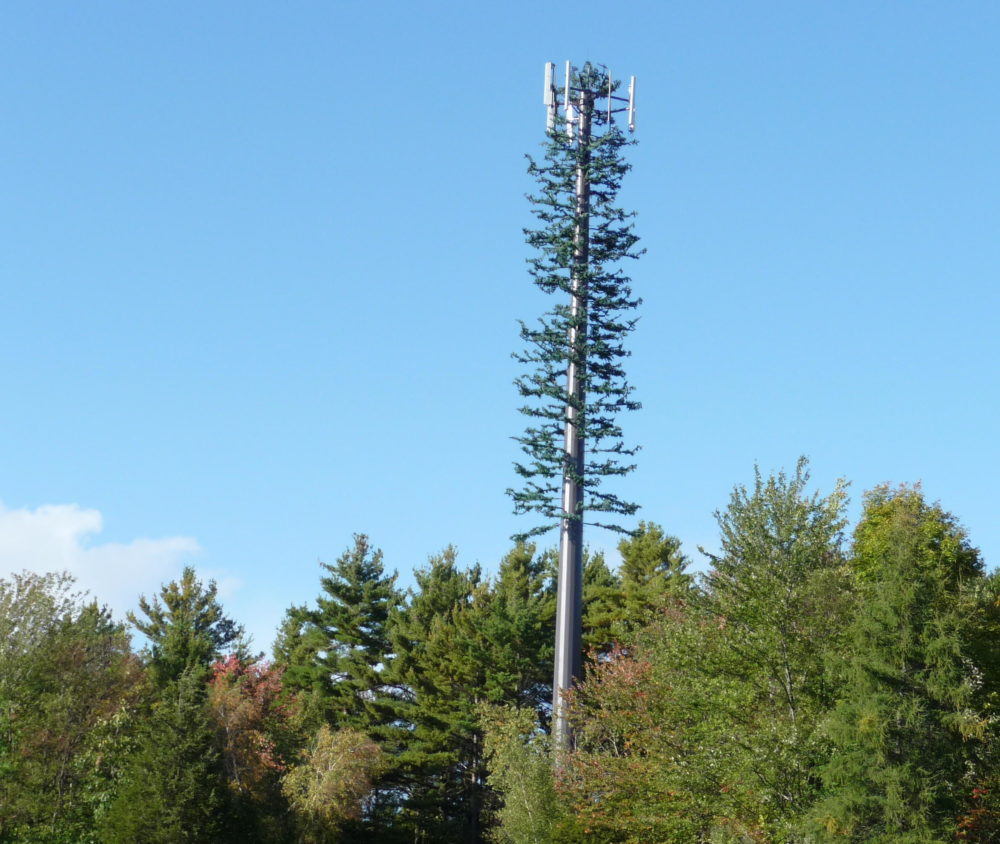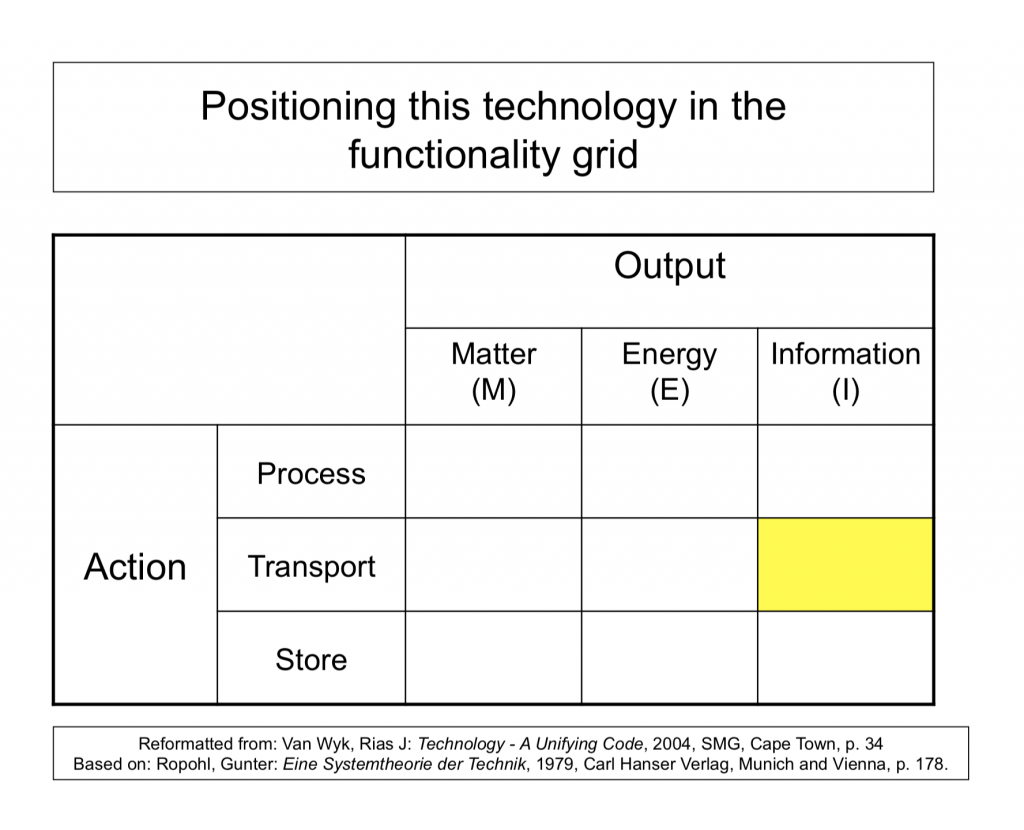
Fifth generation transmission is evolving rapidly and could become the dominant technology in the next few months
5G is is regarded as a TechnologyLandmark for use in an OmegaMap. Mobile 5G is evolving rapidly as an immaterial electro-magnetic transmission system that could challenge existing materially based transmission systems.
The information presented here is based on an article; “1G, 2G, 3G, 4G & 5G Explained” published by Adam Fendelman (Reviewed by Jon Fisher) in Lifewire on June 17, 2020. The locus of innovation is a new Principle of Operation. Earlier principles involved material channels. Recent evolution favours immaterial channels using mobile devices and similar devices.
According to the source cited;
- 1G was Voice Only. It is dated circa 1980. Its maximum speed was 2.4 Kbps.
- 2G was for SMS and MMS. It was launched in 1991and took cell phones “from analog to digital communications” The maximum speed was 50 Kbps with some enhancement in special cases.
- 3G was for More Data, Video Calling and Mobile Network. The maximum speed is “2Mbps for non-moving devices and 384 Kbps in moving vehicles”.
- 4G is The Current Standard. “It supports mobile web access, gaming devices, HD mobile TV, video conferencing, 3D TV” The speed is 1Gbps for low mobility communication, and 100Mbps fo moving devices.
- 5G is the Next Standard. The anticipated theoretical speed is up to 20 Gbps.
In contrast the maximum speed of Fiber Internet is over 1Gbps.
The effect of this innovation is to improve the Functionality : Transport-Information. Its position is indicated on the Functionality Grid. (See diagram below).
The dominant Functional Performance Metric is an increase in the ratio; bits of information transported per unit of time. However three challenges to functional performance should be borne in mind. (1) There is an enormous infrastructure required by way of 5G towers. These towers are being erected instantaneously throughout the world. (2) It appears that the towers are erected by unconventional authority. (3) There is a health challenge to microwave transmission that needs to be understood.
The Technology readiness level on a scale of 1 to 9 is estimated at TRL 7: i.e., “System prototype demonstration in operational environment”.
Technical terminology is covered in: Van Wyk, Rias, (2017) Technology: Its Fundamental Nature, Beau Bassin, Mauritius, LAP LAMBERT Academic Publishing, (http://amzn.to/2Avsk3r)
For descriptions of:
- Technology Landmark; pp. 83-84, Diagram 11.1, Stage 3
- Principle of operation; p. 20
- Functionality; pp. 24-25
- OmegaMap; pp. 92-93
- Functionality Grid; pp. 29-32
- Technology readiness levels; pp. 22-23

